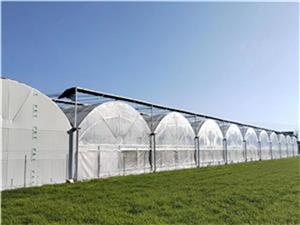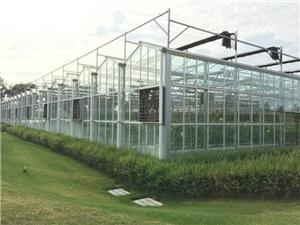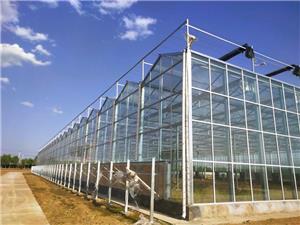The advantages and considerations of glass greenhouses in modern architecture
Glass greenhouses have gained widespread popularity in modern architecture due to their unique functionality and aesthetic appeal. They are ideal solutions for maximizing natural light utilization, achieving seamless transitions between indoor and outdoor spaces, and promoting sustainable architectural design. In this article, we will delve into the advantages of glass greenhouses and explore some key issues.
Glass greenhouses have gained popularity in modern architecture due to their unique functionality and aesthetic appeal. They are ideal solutions for maximizing natural light utilization, achieving seamless transitions between indoor and outdoor spaces, and promoting sustainable architectural practices. In this article, we will delve into the advantages of glass greenhouses and discuss some important matters that professionals in the construction and construction industry need to consider.
One of the main advantages of glass greenhouses is their ability to effectively utilize sunlight. The transparency of glass enables optimal light penetration, which is crucial for plant growth and improving the indoor atmosphere. This characteristic makes glass greenhouses not only a practical choice for gardening enthusiasts but also an ideal option for residential and commercial buildings aiming to incorporate green plants into their designs.
Furthermore, glass greenhouses can significantly enhance energy efficiency. If the appropriate types of glass and insulation materials are used, they can effectively regulate indoor temperatures and reduce the need for artificial heating and cooling. This environmentally friendly approach aligns with contemporary sustainable development goals and helps minimize the carbon footprint of buildings. Additionally, integrating glass greenhouses into architectural design schemes can enhance overall aesthetics, create a modern and stylish appearance, and attract numerous clients.
However, when planning a glass greenhouse, certain important matters need to be kept in mind. Firstly, the choice of glass is crucial; different types of glass have varying levels of insulation, UV protection, and durability. Professionals should assess the specific needs of the project and select the appropriate type of glass to balance performance and cost.
Another aspect to consider is building regulations and structural integrity. The design of glass greenhouses must be able to withstand local weather conditions, including wind, snow loads, and temperature variations. Working with structural engineers can ensure that the greenhouse is not only aesthetically pleasing but also safe and reliable, complying with all regulations.
Maintenance is another factor that cannot be ignored. Although glass structures typically have low maintenance costs, regular cleaning is necessary to maintain their transparency and aesthetic appeal. Additionally, regular inspections of the frame and seals are required to prevent leaks and ensure the longevity of the greenhouse.
In conclusion, glass greenhouses offer numerous advantages, enhancing architectural design, promoting sustainable development, and creating pleasant spaces filled with natural light. By considering various types of glass, adhering to building regulations, ensuring structural integrity, and planning maintenance, professionals can successfully integrate glass greenhouses into their projects, ultimately creating exceptional value for clients and contributing to a greener future.




